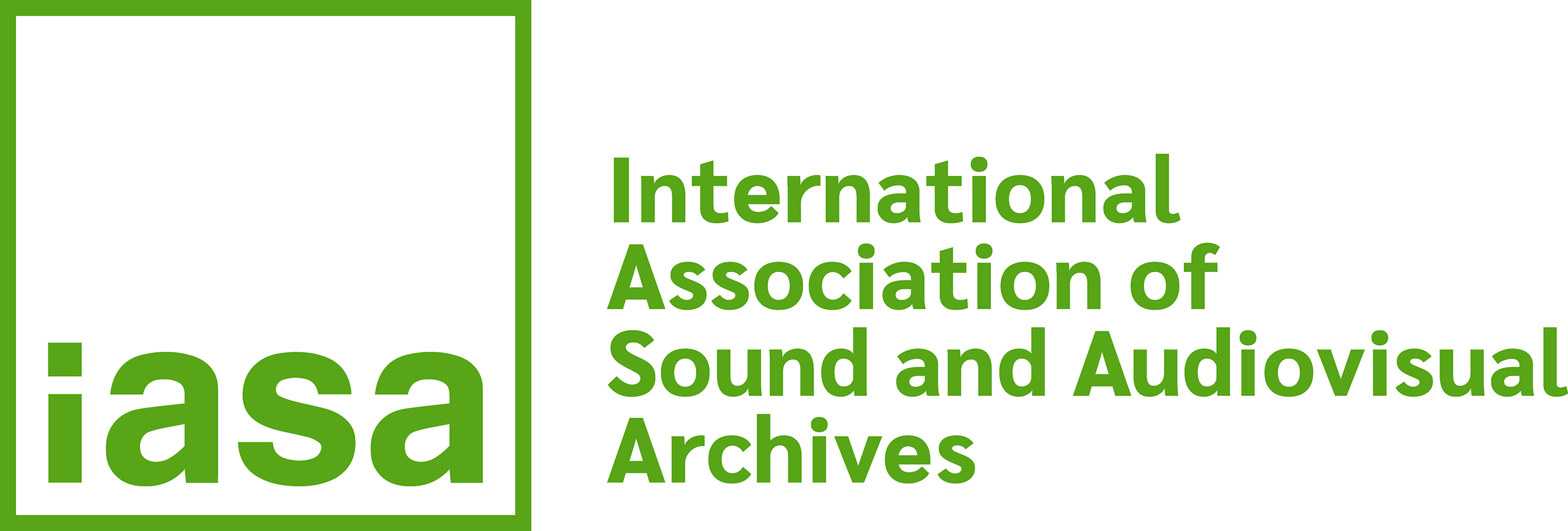3. Documentation
(a) International Standardization
The debate on international standardization currently focuses on International Standard Bibliographic Description for Non-Book Materials; London: International Federation of Library Associations; 1977. For the purposes of this chapter, the most significant discussion of ISBD(NBM) may be found in 'ISBD(NBM): Sound recordings amendments and additions' by the IASA Cataloguing Committee and the IAML (International Association of Music Libraries) Working Group on ISBD(NBM), published in both Phonographic Bulletin, No.29; 1981 and Fontes Artis Musicae, Vol.28, Nos.1-2; 1981.
(b) Cataloguing Rules
The product of the most thorough international discussion of cataloguing rules is Anglo-American Cataloguing Rules 2nd Edition (AACR2) edited by Michael Gorman and Paul W. Wink1er and prepared by the American, British and Canadian Library Associations (published Chicago, London and Ottawa; 1978).
AACR2 provides guidance on points of detail even for archives not following the overall cataloguing strategy advocated by the rules. For cataloguing agencies wishing to adopt AACR2 in full, various authors have offered guides and handbooks. Some representative examples are:
Fleischer, E.B. and Goodman, H. Cataloguing Audiovisual Materials; New York: Neal-Schumar and London: Mansell; 1980
Hunter E.J. and Fox, N.J. Examples Illustrating AACR2; London: Library Association; 1980
Olson, N.B. Cataloguing of Audiovisual Materials: A Manual Based on AACR2; Mankato: Minnesota Scholarly Press; 1981
Roe, G. (Ed.) Seminar on AACR2; London: Library Association 1980
The existence of AACR2 casts its shadow over any previous cataloguing rules but does not, of course, invalidate them. A useful review of what might be designated the pre-ISBD/AACR2 generation was prepared for UNESCO in 1975 (though unfortunately not made widely available) as A Survey of Existing Systems and Current Proposals for the Cataloguing and Description of Non-Book Materials etc. by C.P. Ravilious Paris: UNESCO: 1975 .
(c) Indexing and Classification
A useful general introduction is contained in The Subject Approach to Information (3rd edition) by A.C. Foskett (London: Bingley; 1978). Guidelines on thesaurus building are available as Thesaurus Construction: A Practical Manual by Jean Aitchison and A1an Gilchrist (London: ASLIB; 1972).
Archives anxious to avoid thesaurus construction or expected to conform to a standard classification system may need access to the appropriate language version of UDC, the Universal Decimal Classification - normally published by a local standards institute and subject to continual revision and expansion.
(d) Computing
Most national and international attempts at standardized computer data formats are built around local variations of the (originally United States) MARC format, and are published by local library associations, national libraries or major cataloguing agencies. However see also Universal MARC Format, 2nd Edition published by IFLA International Office for Universal Bibliographic Control (London; 1980).
Experience with specific computer systems may be written up in journals (see e below). Otherwise insights into the use of computers (although not in a context at all specific to sound archivism) may be gained from the following publications:
Cook, M. Archives and the Computer; London: Butterworths; 1980
Orna, E. and Pettit, C. Information Handling in Museums; New York: Saur and London: Bingley; 1980
Tedd, L.A. An Introduction to Computer-Based Library Systems; London: Heyden; 1977
(e) Sound Archive Experience
Beyond the largely indirect coverage suggested above in works on cataloguing or audiovisual cataloguing generally, there are few publications that concern themselves with the topic of cataloguing and indexing in sound archives. Cataloguing is, however, referred to in general publications on archive management and published accounts of the work of individual sound archives such as are referred to elsewhere in this book. Mention is made here only of three journal articles that further discuss systems looked at briefly in the case studies in chapter Ill; they may be taken as representative of the kind of account that may be found.
Da1fsen, J. von 'Cataloguing and the computer: the use of the computer in the documentation systems of the Netherlands Broadcasting Foundation NOS' in Phonographic Bulletin, No.2l; 1978
Moyle, A. and Koch, G. 'Computerised cataloguing of field recorded music in Phonographic Bulletin, No.28; 1980
Smither, R. 'Using APPARAT: cataloguing film and sound recordings at the Imperial War Museum' in ASLIB Proceedings Vol. 3l, No.4; 1979


